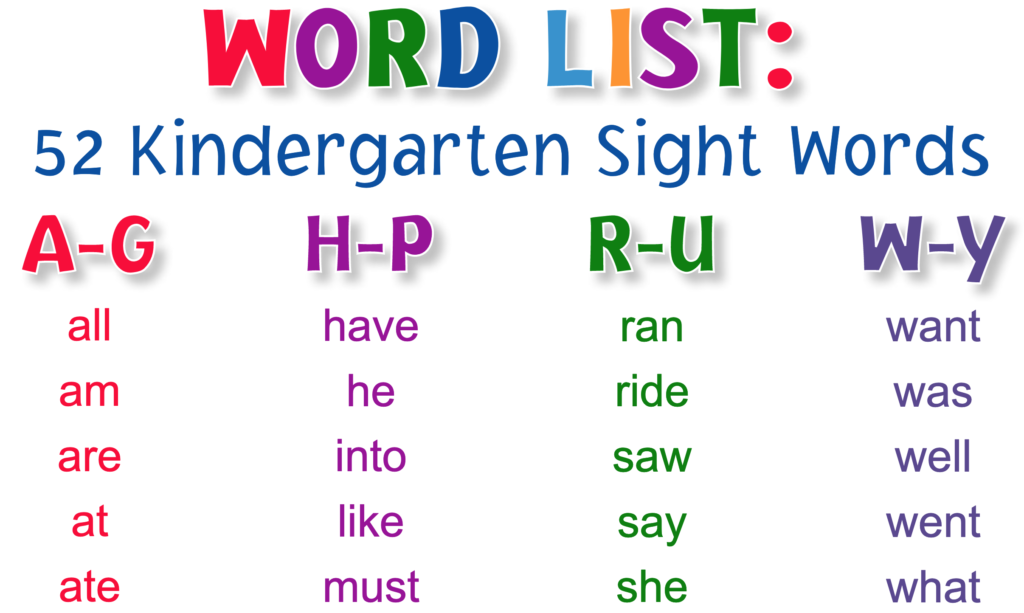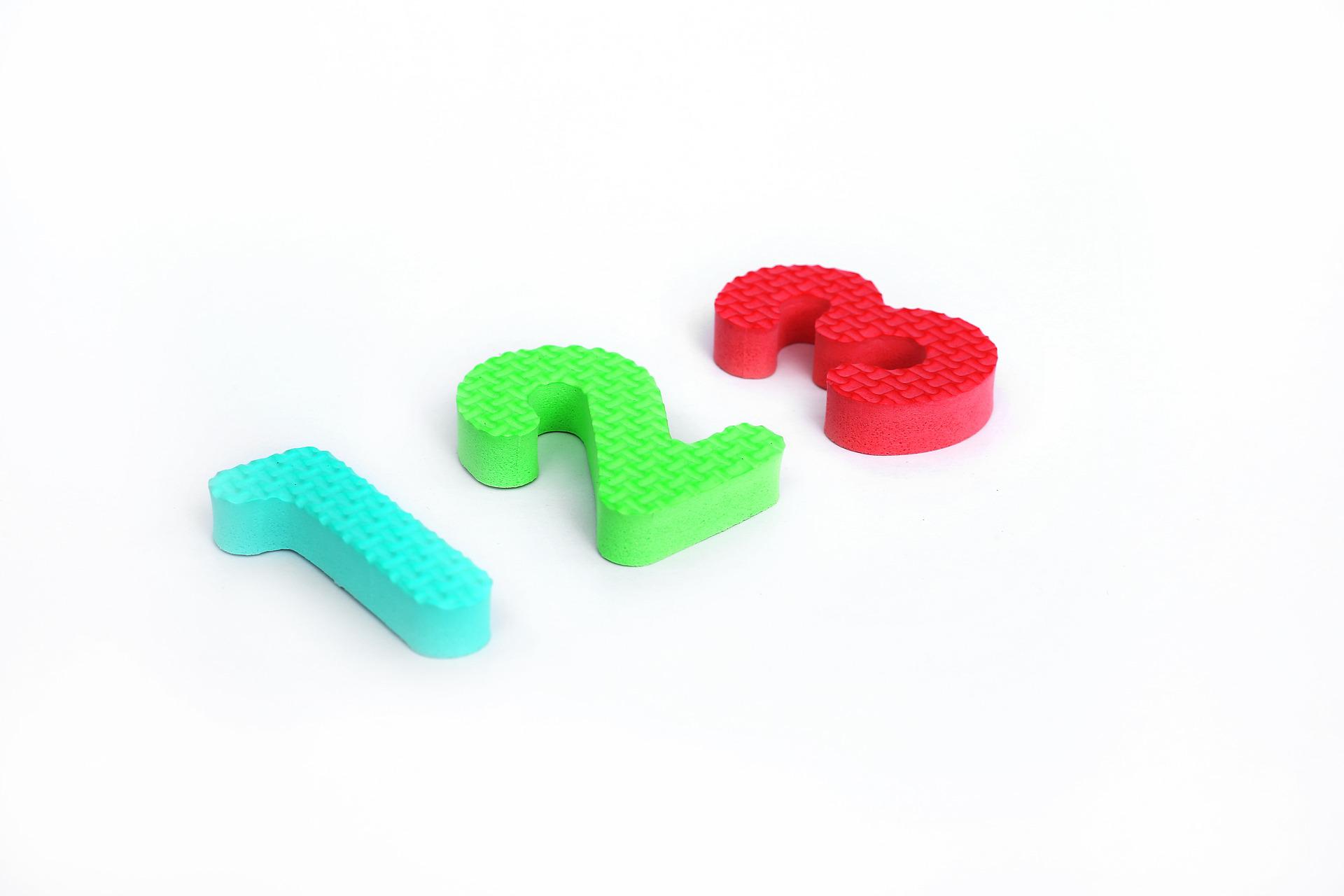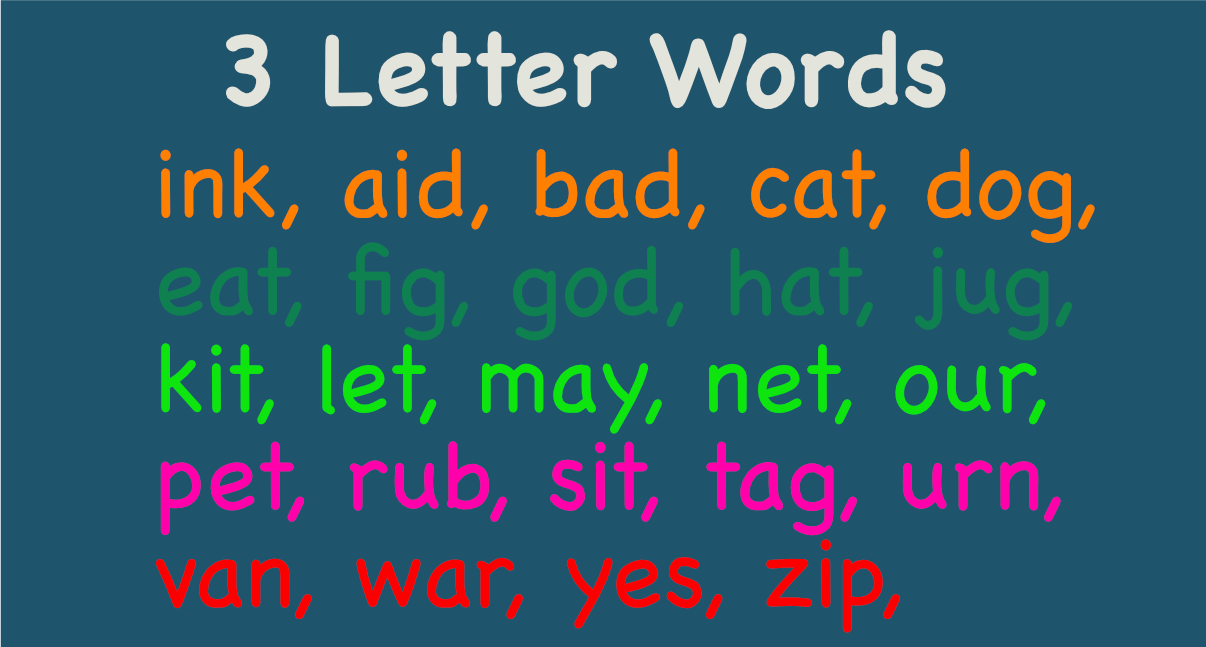
Commonly used in both reading and writing, these terms are referred to as “sight words.” There is often no mental picture associated with these words.
The term “sight words” has several connotations within the reading community. In the context of teaching young children to read, this term generally refers to a core vocabulary of around one hundred words that appears again on nearly every page.
Contents
- 1 Examples of Sights Words
- 2 Introduce Words With Similar Spelling Patterns Whenever Possible
- 3 Reinforce New words with Exposure and Memorisation
- 4 Use Sight Word Readers
- 5 Use The Dolch Word List And The Fry Words
- 6 How to Introduce Sight Words
- 7 Use Games To Teach Sight Words
- 8 Teaching Sight Words Through Child Play
- 9 Using Sight Word Apps
- 10 Sight Word Competence is Critical for Literacy
- 11 Final Thoughts
Examples of Sights Words
The following are examples of sight words.
“Who, the, he, were, does, their, me, be” and many more.
The ability to read sight words is a critical literacy skill for child development. This post will guide you on how to teach a child to read sight words.
The post will cover the following:
- Introduce words with similar spelling patterns
- Reinforce new words with exposure and memorisation
- Use sight word readers
- Using the dolch word list and the fry words
- Use games to teach sight words
- Using sight word apps
Introduce Words With Similar Spelling Patterns Whenever Possible
When teaching a child to read, introducing a child to sight words is an excellent supplement to phonics instruction. Sight words provide a child with practice in reading high frequency words.
It is ideal to introduce only three or four new words in a single lesson, and to review them before moving on to another group of words. To help your child learn the new words, use the following five teaching techniques:
The c is often a hard or soft letter. When c is followed by vowels, it is soft. A word with a hard c is generally harder to read than one with a soft c. Students learn words easier when they are presented in groups with similar spelling patterns.
Reinforce New words with Exposure and Memorisation
When introducing a child to sight words, it is important to reinforce the new words with a constant stream of exposure and memorization. The use of flashcards, word ladders, and word rings can help a child remember the new words.
It is crucial to expose a child to sight words in early instructional texts. It is also vital for them to hear the words and see them in various contexts. This can be achieved with the use of controlled vocabulary readers, flashcards, and videos.
When teaching sight words, the student should begin by analyzing the letters of a word and naming the letter that produces the usual sound. After that, a child should learn the spelling of each word. This knowledge will help the student write the words without looking at them.
Introducing sight words to a child is a crucial first step toward developing reading comprehension. Students must develop systematic decoding rules and patterns to master reading. This means that the student will be exposed to a large number of words throughout the reading process.
Words that have similar spelling patterns are called decodable words. Children are unable to sound out these words because they lack a regular phonics pattern. They must be taught these words during phonics lessons. These words are also known as heart words.
Use Sight Word Readers
Another way to teach a child to read sight words is by using sight word readers. A child who can recognize and copy sight words in a book can be much more confident when reading on his or her own.
The MatMan Book series, for example, contains many sight words. Likewise, a child can practice sight words through writing. There are many resources on the Internet to help with sight word learning.
Sight words are a critical part of reading. They are the most common words in the English language. Children should know how to read these words, and should be familiar with them as quickly as possible. They should not be taught sight words through phonics alone, but must also learn words with similar spelling patterns.
Use The Dolch Word List And The Fry Words
Another effective method of teaching a child to read sight words is to use the Dolch Word List and the Fry Words. These lists are divided by grade level. For kindergarten students, the Dolch word list contains 220 words and 95 high frequency nouns. These lists should be used in the early stages of a child’s reading development.
Including sight words in phonics instruction has been proven to be effective. It has been shown that students with dyslexia can read faster if these words are included. The National Institute of Child Health recommends combining explicit phonics instruction with a Dolch or Fry list of sight words.
This combination will help your child develop fluency quickly and give them the necessary tools to decode unfamiliar words. Sight words are frequently used words and comprise between fifty and eighty percent of all daily text exposure.
How to Introduce Sight Words
Sight words can be introduced by laying out words on an index card or a separate piece of paper. Sight words can also be taught by placing them on the floor. The cards should be spaced apart so that your child can see them easily.
When teaching a child to read sight words, it is important to make them a habit of reading decodable books. Books with speech bubbles are especially useful for sight word practice.
The large print makes it easy to point out the sight words as you read. Another excellent way to introduce sight words is to use workbooks like Little Skill Seekers: Sight Words Workbook. These books are fun to use and feature colorful illustrations and practice problems.
Use Games To Teach Sight Words
When kids have difficulty with sight words, a game is a great way to reinforce what they have learned. Sight word games are a great way to motivate kids to continue learning, since they will be engaged in an exciting activity.
Examples of sight word games:
- Zingo
- Gappy
- Hangman
One game that helps kids learn sight words is Zingo! It encourages kids to practice sight words by dragging letters on the bottom of the screen. Another game is Gappy Learns Reading. In this game, kids have to build bridges for the rabbit to cross. This game also includes sight words and three-letter words.
There are many different kinds of games that can be used in the classroom. For example, you can use old board games that you’ve picked up at a garage sale or Goodwill. You can also use cards with high-frequency words and place them on the pieces. These games are great for sight word literacy centers or sight word activities.
You can use games to teach sight words as a way to make learning fun for your child. You can create different variations of board games and include sight words for the children to learn. You can write the sight words on index cards or separate sheets of paper. You can even add clues and make the games more challenging for the kids.
Another game that you can use for teaching sight words is Hangman. In this game, students must guess the letters to spell a high-frequency word.
They can also try to spell a person before the person is drawn. This game can be played with paper and pencil, though there are also digital versions available. You can give each student their own piece of paper to complete the activity.
Teaching Sight Words Through Child Play
One of the most effective ways to teach sight words is by making them part of the child’s daily routine. This way, they will be familiar with sight words and develop a fluent reading style. Games that involve sight words are particularly effective. They are fun and engaging, and will increase the child’s stamina.
You can also make use of a digital resource that includes sight words. Sight word games are fun for children, and require little preparation.
However, you will need to make sure that the children know which sight words they need to learn. A good resource for sight words is the list developed by Edward Dolch. It includes 220 “service words” and 95 nouns for different grade levels.
One fun sight word game is the grocery store game. In this game, kids have to label pantry items with dot stickers, then match the sight words on the food to the ones written on the grocery bags. Another game you can use is the sight word fly-swatter game. You will need at least two students for each game.
Using Sight Word Apps
You can also use an app for sight words to create a personalized learning experience. There are apps that let your child build sentences with Sight Words.
These apps are simple to use and have attractive visuals. They are also kid-friendly, with no advertising or in-app purchases. These apps are a good option for students in Key Stages one and two.
Sight Word Competence is Critical for Literacy
Sight words can be difficult to learn, but it’s not impossible. By learning sight words, your child will be able to read more quickly, without having to use their decoding skills. Play-based activities that involve the child will help them retain sight words and practice their reading skills.
Additionally, active learning helps them develop skills like critical thinking, collaboration, and creativity. It also develops working memory and self-regulation, which is essential for learning sight words.
Final Thoughts
Teaching sight words can be challenging, but it’s certainly not impossible. Remember to introduce words that have similar spelling patterns whenever possible. You can also make a book to help your child learn sight words in context.



